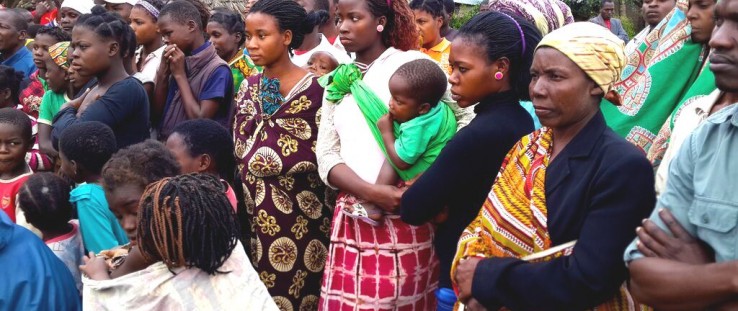 Community members discuss adaptation planning in Quelimane, Mozambique.
Casimiro Antonio, CCAP/USAID
Community members discuss adaptation planning in Quelimane, Mozambique.
Casimiro Antonio, CCAP/USAID
 Community members discuss adaptation planning in Quelimane, Mozambique.
Casimiro Antonio, CCAP/USAID
Community members discuss adaptation planning in Quelimane, Mozambique.
Casimiro Antonio, CCAP/USAID
Francesco Acequa sees the remnants of Icidua’s mangrove forest all around town, mostly being used as framing for houses and sold as firewood or charcoal. He sees the trees everywhere, except for where they used to be—along the Bons Sinais River.
In Icidua, a community in the city of Quelimane, Mozambique, the mangrove forest along the Bons Sinais River has been completely flattened as the growing population uses the trees for cooking fuel and building materials, and to clear space for harvesting salt. Since the late 1990s, Mozambique has been losing mangroves at a rate of almost 4 percent a year, and Quelimane is no exception, according to Professor Antonio Hoguane, director of the School of Marine and Coastal Sciences of the Eduardo Mondlane University. As a result, residents in Icidua no longer enjoy the natural benefits of the mangrove forest.
“People cut the mangroves and now we suffer with strong winds,” said Acequa. “If someone’s house isn’t built with cement, and it is in an area not protected by mangroves, it will likely fall during a major storm.”
This is the reality not just for residents of Icidua, but for Mozambicans living along the coast. About 60 percent of Mozambicans live on the coast, and every year for five months, seasonal rains, cyclones and tropical storms batter their homes. And since Mozambique is downstream from many southern African watersheds, rainwater from neighboring countries often causes massive floods, leading to loss of life and destruction of property. As storms and floods become more intense and less predictable, as is already happening with climate change, mangrove forest restoration is critical. In early 2015, flooding in central and northern Mozambique affected 160,000 people, displaced 50,000 and killed 159.
But with assistance from a USAID project, two Mozambican cities are committing to taking proactive steps to adapt to climate change and prevent these devastating effects. The USAID Coastal City Adaptation Project (CCAP) is targeting Pemba and Quelimane to shift from a reactive to an adaptive approach.
In Quelimane, municipal government leaders and the community work side by side to restore the mangrove forest as part of CCAP. In April 2015, the Quelimane municipal government authorized the environmental protection of land in Icidua and Mirazane, another community set along the Bons Sinais River, to restore the mangrove forest. Community members are planting mangrove seedlings in the protected areas, and many already envision a better future.
Nelita Nito, another resident of Icidua who has helped plant trees, says mangroves will “not only prevent erosion, but will also stop floodwater from coming into our homes. And it will allow for more fishing in the community.” In the next few years, over 200,000 mangrove trees will be planted on 37 acres in Icidua to complement mangrove natural regeneration. The communities will likely see benefits from decreased erosion and flood prevention in the next three to five years. In the meantime, USAID is working with the community to promote the economic benefits of mangroves, such as the trees’ role in honey production and improved fisheries.
“Last March, we experienced some of the heaviest rains we’ve seen in 40 years,” said Elizete Manuel, a delegate in Pemba for the Mozambican National Institute of Disaster Management (INGC), similar to the Federal Emergency Management Agency in the United States. “It destroyed people’s homes. It made life difficult. After last year’s disaster, people are eager to act on early warning information, because they know the consequences if they don’t.”
Mangrove restoration and other “green infrastructure” improvements, such as dune restoration, represent one aspect of adaptation measures taken in municipalities in Mozambique. There are also technology-based solutions to be better prepared for disasters.
USAID and INGC have developed a mobile phone-based early warning, emergency response and data collection system for extreme weather events in Pemba and Quelimane. Mobile phones are the primary means of communication in communities in Mozambique and every household has access to one. This system allows communities to quickly learn about and prepare for disaster, so a repeat of the March 2014 flooding in Pemba doesn’t happen. As extreme weather events become more intense and less predictable, it is more important now than ever that INGC has the tools it needs to respond.
“We have an urgent need to reach residents, wherever they are, with warning messages about events with the potential to harm their community,” said Ana Cristina João Manuel, director of prevention and mitigation at INGC.
Adaptation Step by Step
What started as a simple system developed for Pemba and Quelimane is now available nationwide, allowing INGC to use it anywhere a disaster strikes in the country. It’s referred to as a “stepwise approach,” ensuring solutions that have proved successful in one location are spread to other communities and broaden solutions to climate change challenges.
Creating climate change vulnerability maps for Pemba and Quelimane also illustrates this approach. These maps show vulnerability to different threats such as flooding, landslides and erosion.
Marques Naba, the City Council member responsible for infrastructure and urban planning for Pemba, pointed out that vulnerability maps add an extra level of protection to citizens. “The maps help both municipal officials and citizens better understand the risks associated with where they live or want to build,” he said.
So now, for example, when a resident wants to build a home in a particular area, the municipality can make an informed decision about issuing—or denying—a building permit. Right now these maps are used in Pemba and Quelimane, and have the potential to be used in other coastal cities in Mozambique in the future.
Lee Gerston and Carlos Quintela are with Chemonics International.







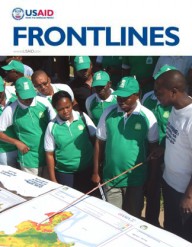

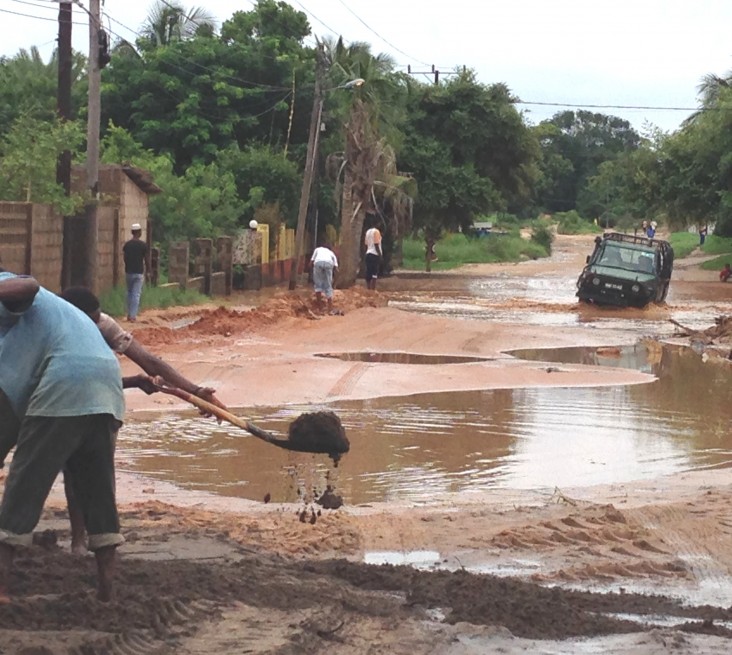
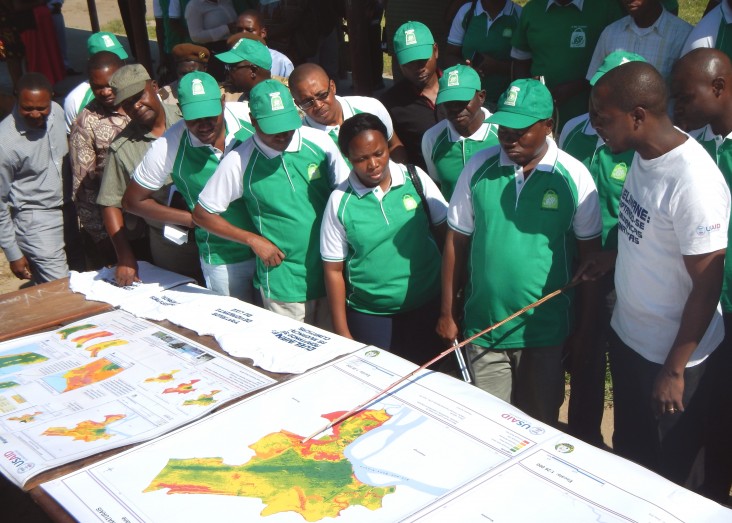
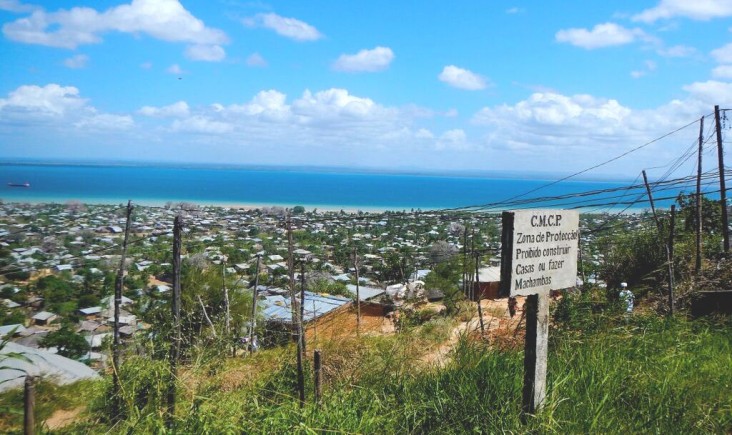
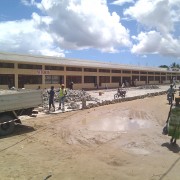
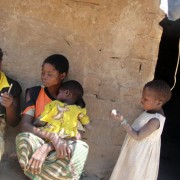
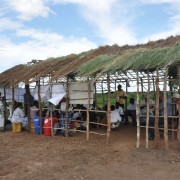
Comment
Make a general inquiry or suggest an improvement.